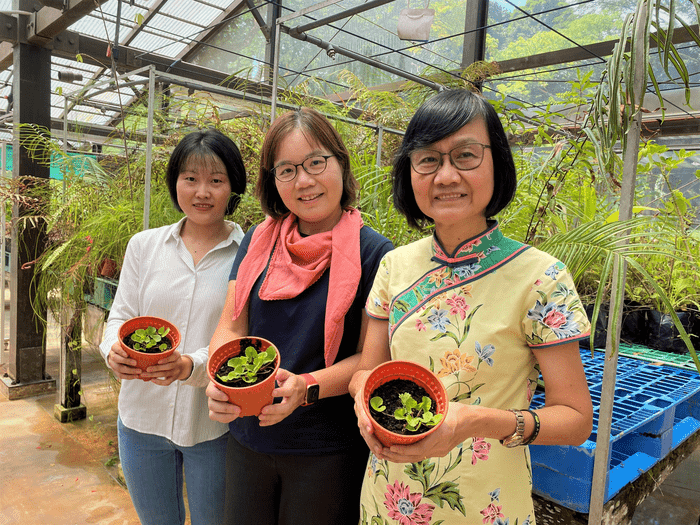
In many places across the world, ecosystems have been destroyed to make way for industry. In its wake, not only have we lost invaluable biodiversity and habitats for endangered species, but we’ve also caused massive environmental pollution, including the poisoning of the soil with dangerous, toxic heavy metals and metalloids. This damage is not irreparable but can be prohibitively expensive to clean up. But nature may lend a helping hand, despite our carelessness.
Research performed at Nanyang Technological University (NTU) in Singapore found that certain tropical plants are excellent at extracting and storing heavy metal contaminants from soil, an ability scientists call phytoremediation.
“In a small nation like Singapore, land may be repurposed to support new development plans, so it is important that we have a green and sustainable way to remediate land that is contaminated. We set out to uncover how to better make use of tropical plants to do phytoremediation and through advanced characterization techniques, we showed how some of these tropical plant species can be an environmentally friendly and literally a “green” way to remove contaminants in soil,” Professor Lam Yeng Ming, Chair of NTU’s School of Materials Science and Engineering, said in a statement.
Ming and colleagues analyzed the phytoremediation potential of 46 plants native to Singapore, finding that 12 species were excellent at the job. These include the common Cow Grass (Axonopus compressus), hyperaccumulators like the Brake Fern (Pteris vittata), and the Indian Pennywort (Centella asiatica).

These plants absorb heavy metals and metalloids into their stems that are known to be highly toxic to both humans and animals. These toxic metals include cadmium, arsenic, lead, and chromium.
Although these metals are naturally present in the soil almost everywhere, they appear in negligible amounts. The dose makes the poison, so the mere presence of a potentially dangerous substance is no cause for alarm unless it passes a threshold for toxicity. However, close to heavy industry, construction activities, and vehicle traffic, these metals can accumulate in the topsoil and reach higher levels over time. Almost every country in the world has some heavily polluted soil, and the small island of Singapore is no exception.
“Our results revealed there were regions where levels of heavy metals and metalloids were relatively high and could affect the environment and the health of flora and fauna in Singapore. This would call for preventive actions, such as our method of using plants to remove these toxic materials, to be employed to minimize heavy metal contamination,” said Associate Professor Tan Swee Ngin, from the Academic Group of Natural Sciences and Science Education at NTU’s National Institute of Education.
Cleaning up after heavy metal pollution using traditional methods is incredibly energy-intensive and expensive. Some industrial options meant to remove toxic metals from the soil include soil washing and acid leaching, which can leave land unsuitable for agriculture for years. Another option is to simply excavate the tainted soil with massive machinery and transport the contaminated soil, batch by batch, to some landfill — but this could end up doing more harm than good as the stirred soil can propel toxic particles into the atmosphere, exposing nearby humans and animals to the contaminants.
By contrast, phytoremediation looks like a more prudent course of action, albeit a very slow and long-term strategy. But with enough growth cycles and with the right combination of plants, it is possible to ultimately reduce heavy metal levels in the soil to safe conditions, the authors of the new study claim.
Now, the researchers want to perform field tests using the plants they’ve identified on plots of land in Singapore that harbor high concentrations of heavy metals. They are also looking into using inorganic particles that help plants absorb heavy metals faster, speeding up the remediation process.
The findings appeared in the journal Environmental Pollution.


